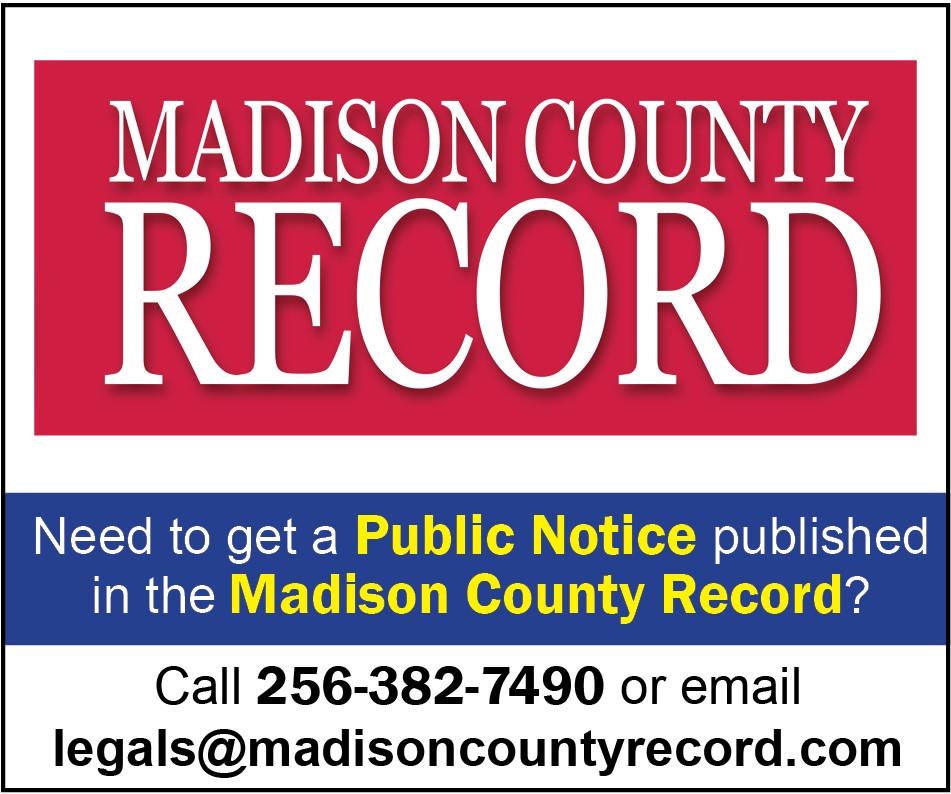STEM Club at Madison elementary expands scientific understanding
STEM Club members Caleb Velazquez-Soto, at left, and Ashton Bradley-Miland demonstrate their “Stop, Drop, Don’t Pop” model at Madison Elementary School. (CONTRIBUTED)
MADISON – Madison Elementary School students are stretching their minds in science, technology, engineering and math in their new STEM Club.
Club members engage in these technical areas in a fun, after-school environment, sponsor Bonnie Howard said. Howard teaches sixth-grade science and social studies.
Initially, Howard was apprehensive about interest, but students overwhelming responded. “Many said they wanted more opportunity to explore activities interesting to them” and real-life application of class topics, she said.
With the “Stop, Drop, Don’t Pop” module, students applied the engineering design process model to design and test an amusement park ride, like Space Shot at the U.S. Space & Rocket Center. The Engaging Youth through Engineering (EYE) program with the Mobile Area Education Foundation developed this study.
The ride’s ‘passengers’ were two ping-pong balls in Styrofoam-cup ‘cars.’ The ride had to stop 1.5 inches from a five-foot PVC pipe base. Most importantly, “students worked collaboratively and reasoned systematically (for) designs that met parameters but looked different,” Howard said.
Howard witnessed this activity during professional development and realized its potential to intrigue students. “With support of our principal Dr. Timothy Scott and fifth-grade science teacher Karen Hartselle, Madison elementary’s STEM Club was born,” Howard said.
After students studied weather in class, National Weather Service employees visited the club. They discussed severe weather forecasting and demonstrated updraft with a paper towel roll and ping-pong ball. They allowed students to handle circuit boards, Arduino micro-controllers and a weather balloon.
Using classroom study, students quizzed the meteorologists and explored careers. One student said, “Mrs. Howard, I’m not interested in predicting weather, but I’m interested in creating weather maps.”
“Anything worth doing should be done with a sense of adventure and excitement. If students are engaged, they’ll enjoy activities and experiences,” Howard said. During project mishaps, STEM Club members and Howard have shared plenty of laughter.
Howard has shared training on free, web-based programming called Scratch to program interactive stories, games and animations. (http://scratch.mit.edu/about/)
Intergraph Corporation, The Boeing Company and NASA employees also will visit the STEM Club.



















